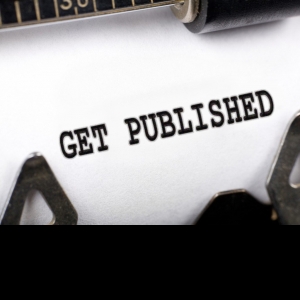One of the many medium for sharing your research findings is through a journal publication. For a researcher, this outlet is considered one of the highly reputable and prestigious way of validating and getting recognition for your research findings (ie. if the journal is ranked highly). However, for new researchers, getting a journal article published can seem like a strange, mysterious, and confusing undertaking.
This seminar provided a thorough overview of the journal article publication process starting from: choosing a suitable journal, writing and formatting the article, submitting the article online, receiving feedback, revising the manuscript, checking proofs. The various stages of the article preparation and submission process was very elaborately demonstrated by the presenter, A/Prof Julie Pallant.
Date: Monday, 9 May 2016
Time: 3 – 6pm
Location: Lecture Theatre S10, 16 Rainforest Walk, Clayton
A lot of planning is undertaken before actually commencing the writing process. Some of the things one must consider is for instance, the sort of article to write (research report, case study, literature review etc), what contribution does it make to current literature on the topic, the intended audience, what is the “hook” or “take-home” message and which journal to choose for publication.
Journals also have different requirements for the manuscript presentation. This comprises of their predefined structure, style, referencing format, rules on the use of abbreviations, etc. The general structure of a research article (in a social science discipline) is as follows:
- Title Page
- Abstract and Keywords
- “What the paper adds” (in bullet points)
- Main text – Introduction, Method, Results, Discussion, Conclusion
- Acknowledgements
- References
- Figure Legends
- Tables
- Figures
There are also specific requirements such as acceptable document format, and word limits enforced to sections of the document based on the discipline or journal requirement that the author should abide by. The authors should all be in agreement of the attribution of authorship (something that should be agreed upon during the very initial stages of the research) and who all to include on the acknowledgements (funding organization, scholarship agency, those who helped in data collection etc).
During the publishing process, some journals would require a cover letter, disclosure of conflict of interest and ethics approval before it is sent to reviewers for their comments. The review process can take up to 3 months or more. The reviewers consider the following aspects before sending their response:
- suitability of title and abstract to the content
- usefulness, originality and applicability of research.
- general strengths and weakness
- adequacy of study design and of managing ethical issues
- methods of study, including analytic and statistical method
- way the result is presented
- presence and appropriateness of conclusion
- adequacy of evidences in the references (currency, completeness, etc)
- tables & figures (clear, logical, appropriateness, free of errors, and well explained)
The author should note not to overstate their study and the limitation can be smartly suggested as a future research consideration.
Any feedback from the reviewer should be responded to as an itemized list and any contradictory comments should be carefully justified. A re-submission still doesn’t guarantee acceptance of the paper (especially in cases where re-submission is subject to major revisions).
Some final “take home” messages from this seminar was that getting published can be a long frustrating process. However, it is also very rewarding and can be addictive. It is very exciting and satisfying to see the finished, published paper. However, patience and a thick skin is required during the entire process.










